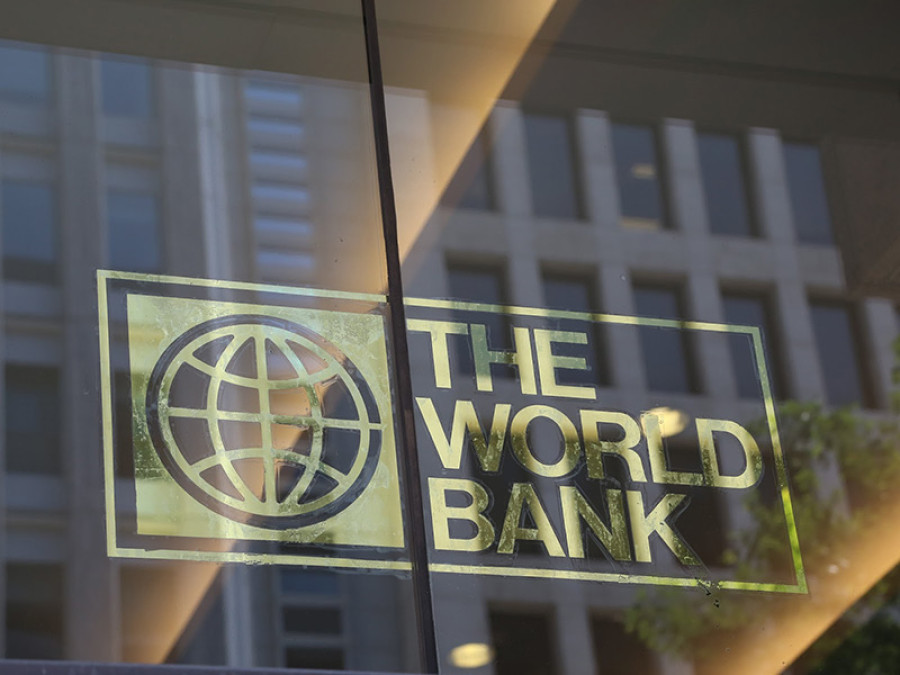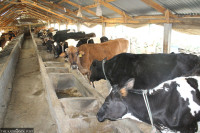Money
Weak regulatory supervision triggered credit crunch: WB
Banks and financial institutions have witnessed rapid erosion in stock of funds that could be immediately extended as loans due to weak regulatory supervision and huge savings of the government, a latest World Bank (WB) report says.
Banks and financial institutions have witnessed rapid erosion in stock of funds that could be immediately extended as loans due to weak regulatory supervision and huge savings of the government, a latest World Bank (WB) report says.
“The rapid increase in credit disbursement to non-productive purposes, including margin and real estate loans, should have been observed by the regulators and brought under control prior to the situation escalated,” says the Nepal Development Update, a biannual report that focuses on key economic developments in the country. “However, the Nepal Rastra Bank [the central bank] was relatively slow to react.”
The country’s banking sector started experiencing shortage of loanable funds in January. But the problem was not considered severe at that time, as instruments floated by the central bank to inject liquidity in the system were undersubscribed.
The NRB, on January 6, tried to inject Rs20 billion in the banking sector but the response was lukewarm, as only 9.5 percent of the securities up for grabs were subscribed. Then on January 17 and 18 NRB moved to buy back bonds worth Rs40 billion. Again, few banks showed interest.
This indicated banks and financial institutions were not facing liquidity problem.
“However, the shortage of loanable funds was real,” says the WB report.
Finally in February 2017, the NRB decided to deal with the problem head on. It then restricted banks and financial institutions from extending over 50 percent of the value of vehicles as credit to auto loan seekers. It also reduced the limit of personal overdrafts from Rs10 million to Rs7.5 million.
At that time, the central bank also allowed banks and financial institutions to calculate credit to core capital-cum-deposit (CCD) ratio by deducting 50 percent of loans extended to the productive sector. This measure was aimed at replenishing the stock of loanable funds.
“This, in effect, relaxes the current lending limit and may sustain the credit boom, which however, could adversely impact the overall quality of loans and stability of the banking system in the future,” says the WB report, adding, “The measure should not be renewed when it expires at the end of the fiscal year.” Similar prescription has also been given by the International Monetary Fund.
Liquidity management is becoming a persistent challenge in Nepal. The country faced a liquidity crisis in fiscal year 2010-11, which was followed by a number of years of high liquidity.
High liquidity was bolstered by high inflow of remittances that the central bank was not able to fully sterilise, and kept interest rates low, according to the WB report. This means the NRB should have floated more instruments to mop up liquidity when remittance inflow was consistently rising.
Because of high liquidity, lending rates started falling, especially after the India-imposed trade blockade was lifted in February 2016. At the same time, deposit growth could not catch up with this pace because of deceleration in remittance inflow.
As a result, the Nepali economy is now contending with a credit crunch.
The government’s fiscal and borrowing policies have also been major culprits in creating this problem, the WB report says.
“The government borrowed heavily at the end of the previous fiscal year in anticipation of massive spending this fiscal year which it did not materialise. As a result, the government’s cash surplus has remained locked up in the central bank,” adds the report. Also, funds generated through tax and nontax income have not been well spent and are parked in the government’s treasury.
Currently, over Rs250 billion, or around 10 percent of the gross domestic product, is locked up in state coffers.
This has further added to the credit crunch, says the WB report. “With less liquidity in the market there are less deposits, which has created additional pressure on banks’ ability to disburse more credit,” adds the report.




 8.12°C Kathmandu
8.12°C Kathmandu













